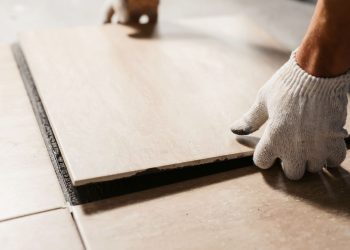Buying a home without air conditioning? You’re going to want to consider the costs of installing central air.
A home without central air sounds manageable if you’re buying the home in the fall or winter. But come spring or summer, if it’s hot where you live, having a cool home is essential.
Unlike inexpensive wall-units that blast cold air into one room, a central A/C system cools the entire home by blowing cold air through ducts. It’s more expensive to buy and operate, but is worthwhile if you want your home to have an even distribution of cool air.
If the home you’re buying doesn’t have central A/C, you may want to have it installed. Here are some key factors to consider:
Cost
Central air can cost anywhere between $3,000 and $10,000, with size being the main determining factor. The bigger your home, the bigger unit you’ll need and the more expensive it will be.
HomeAdvisor says the national average to install central air is $5,301—the low-end is $1,800 and the high-end is $10,212. A window unit averages only $300.
Central A/Cs are usually combined with the home’s heating system, so you’ll need one for the A/C to piggyback on for its ductwork. If you don’t have one, you’ll need to pay more to have ductwork installed.
Even if your home has a heating system, it may use baseboard heaters instead of ducts to distribute the heat. In that case, ducts and vents will have to be installed for the central air system.
Installing central A/C isn’t a do-it-yourself project that homeowners can save money on. An air conditioning professional will be needed for the installation, partly because they have to be licensed by the Environmental Protection Agency to handle the refrigerant needed in an A/C unit.
Size
Bigger isn’t always better in picking a central air unit. A larger house will need more cooling power, but too big a unit will cause it to cycle on and off all the time. You’ll be wasting energy and it can get noisy. A cooling system that’s too small will also run constantly and won’t efficiently cool your house.
A contractor will need to determine your home’s load calculation for a central air conditioning unit. It will factor in your home’s climate, size and shape, orientation, and square footage. They’ll also look at the insulation, windows, walls, floors and other ways the home is built. Leaks will be sealed.
If you’re replacing an old A/C unit, find a company that will dispose of it as part of the installation service.
The upfront costs of central air can seem high, but in the long run they’ll pay off when you’re cool during the warm months. A new A/C should be able to cool your home quickly and efficiently, saving you money on energy costs.











